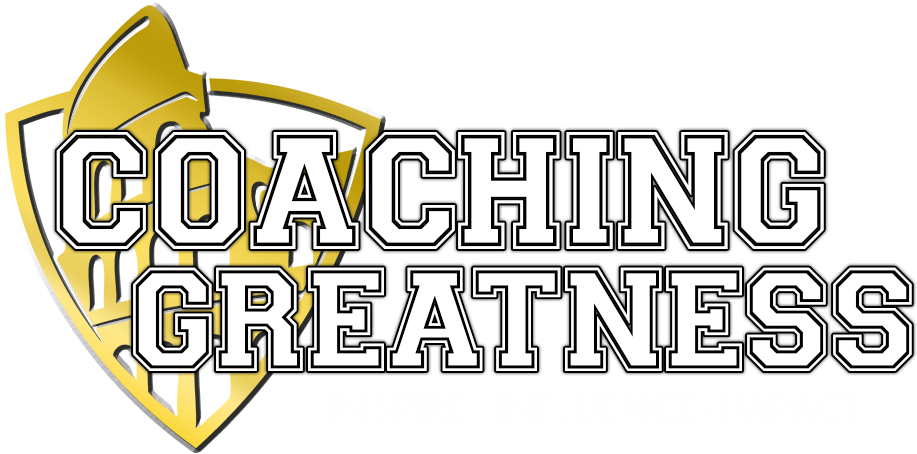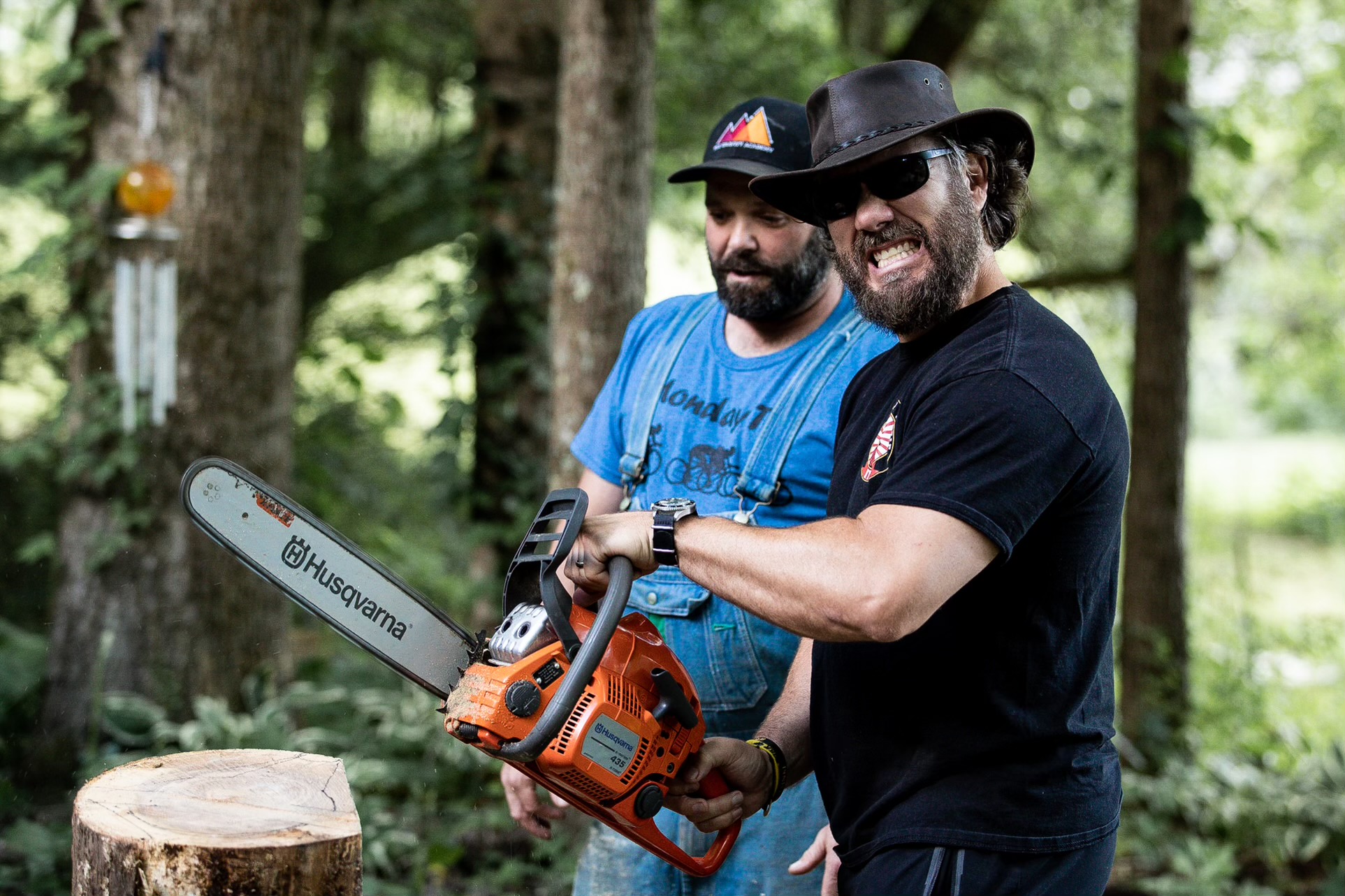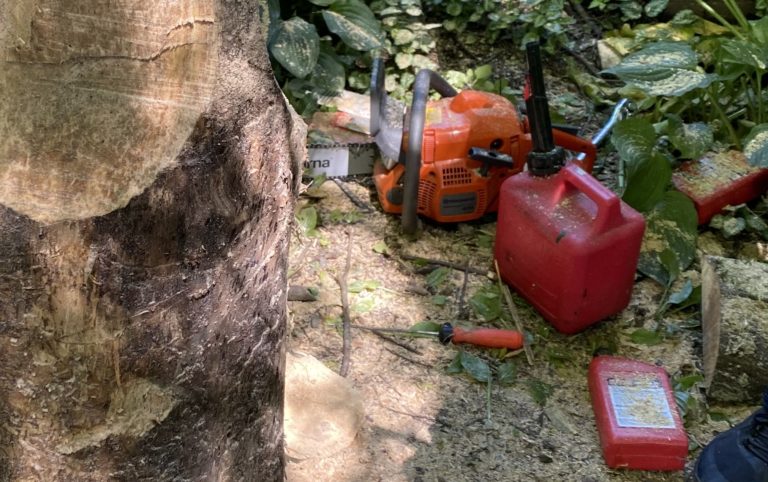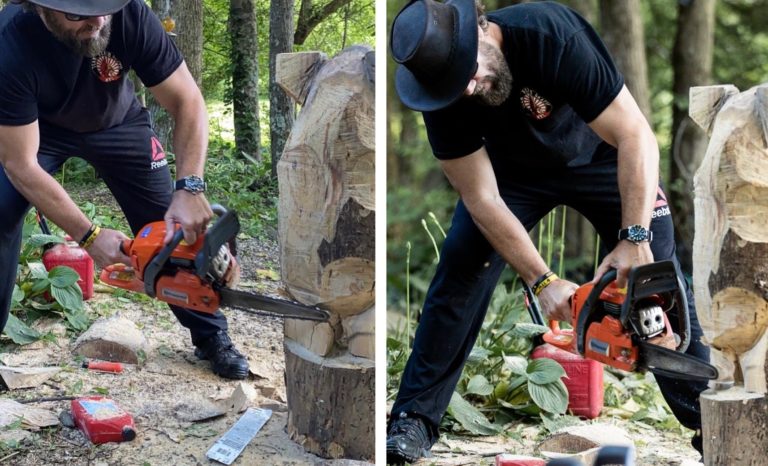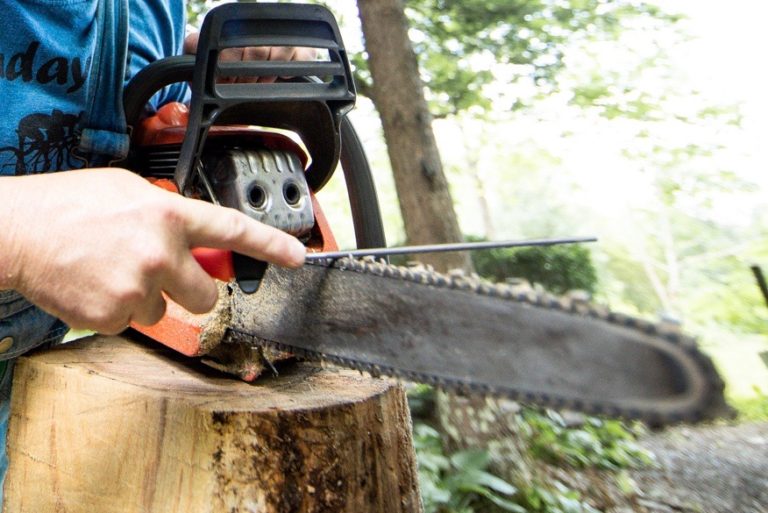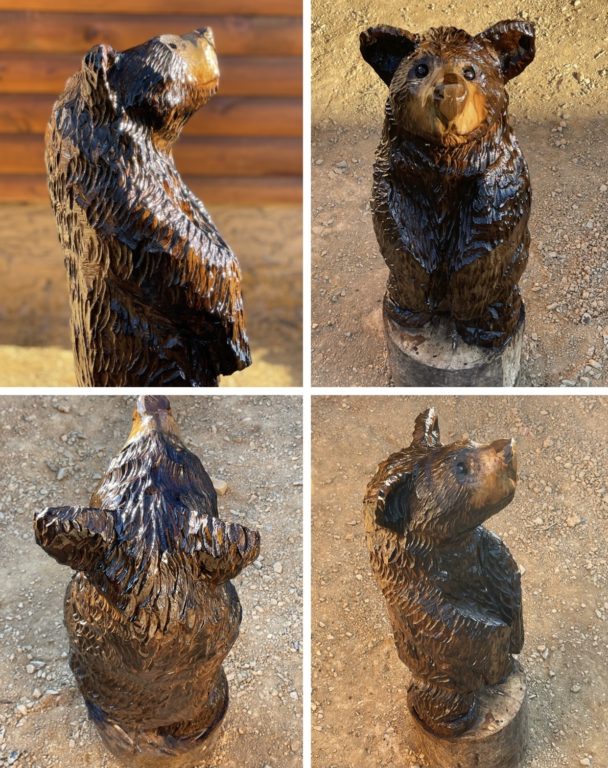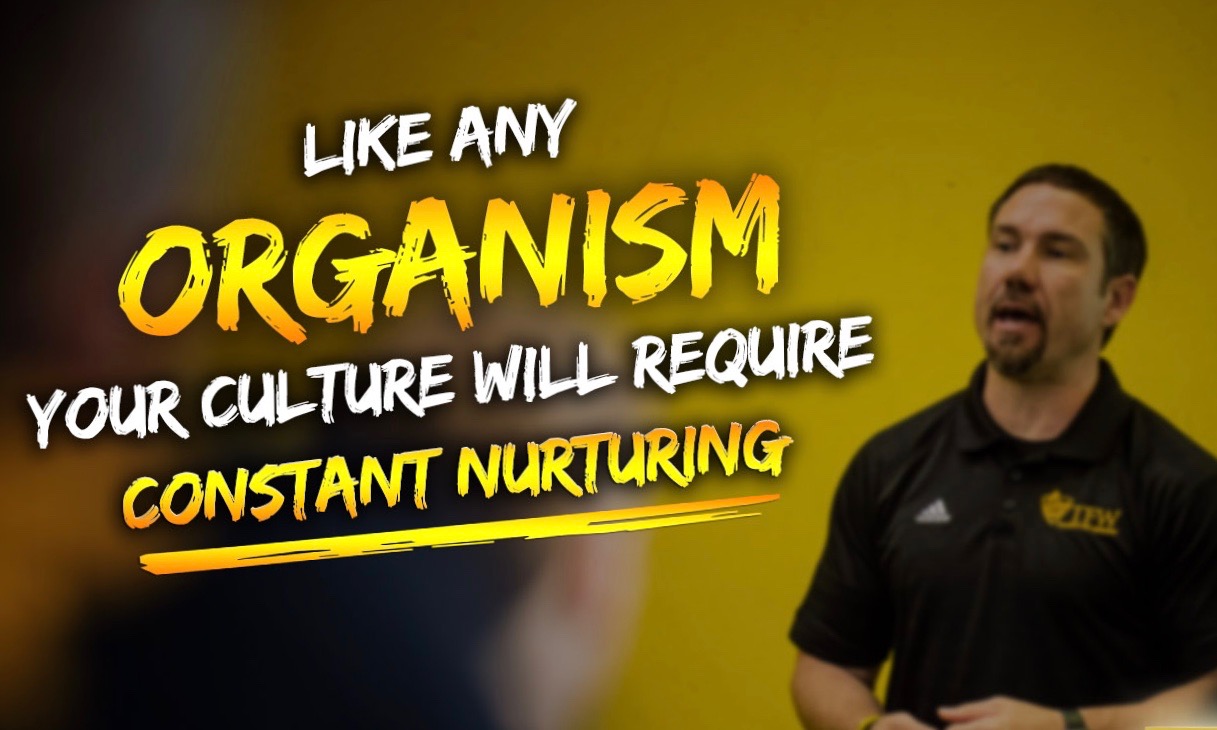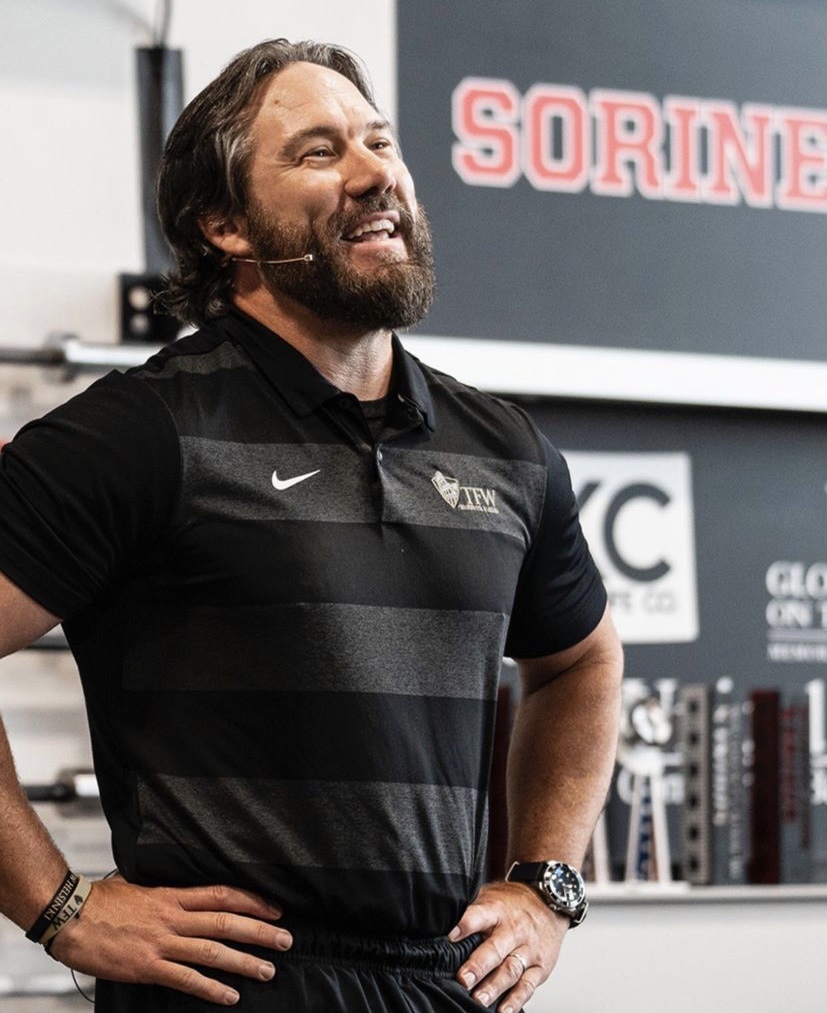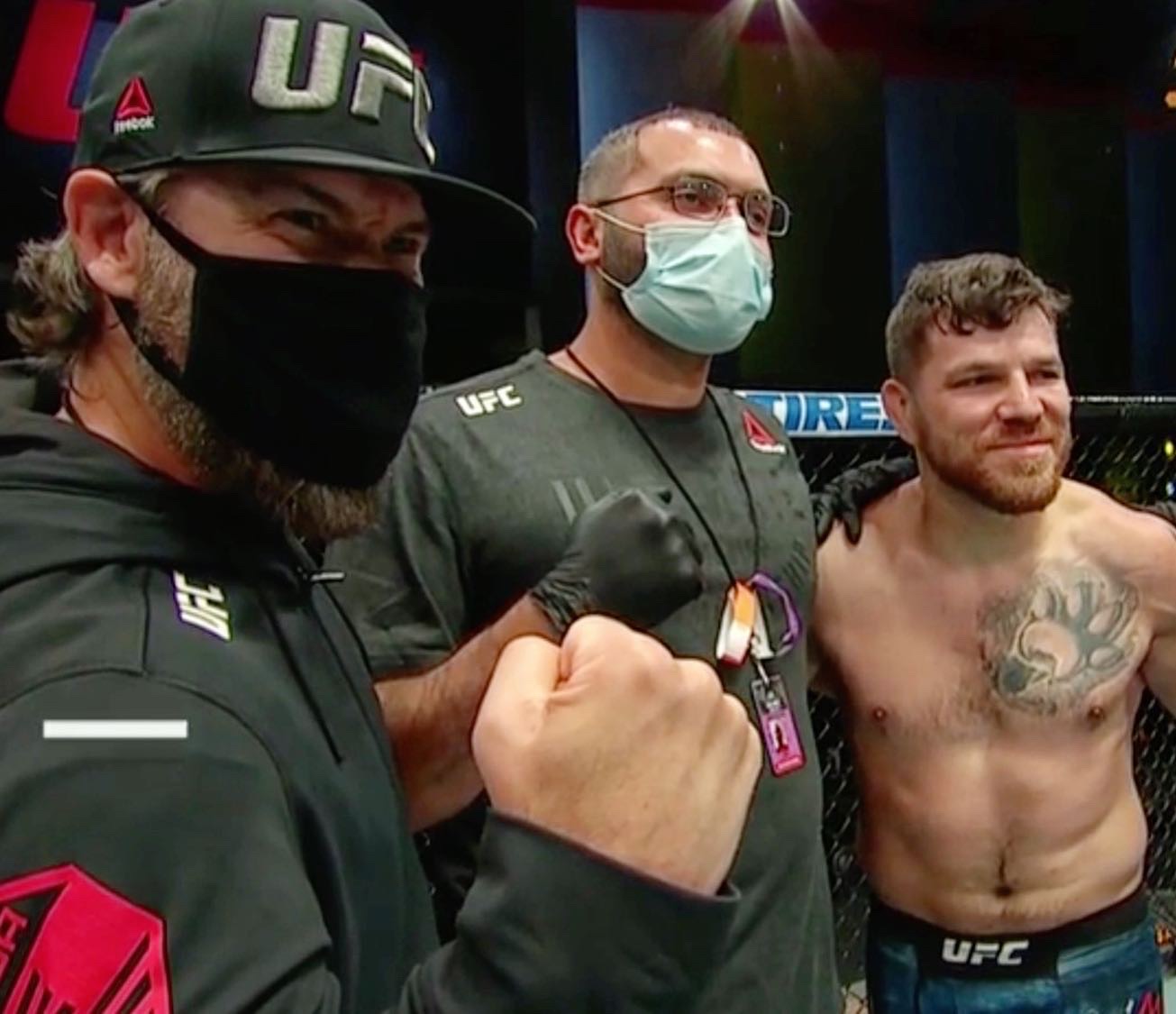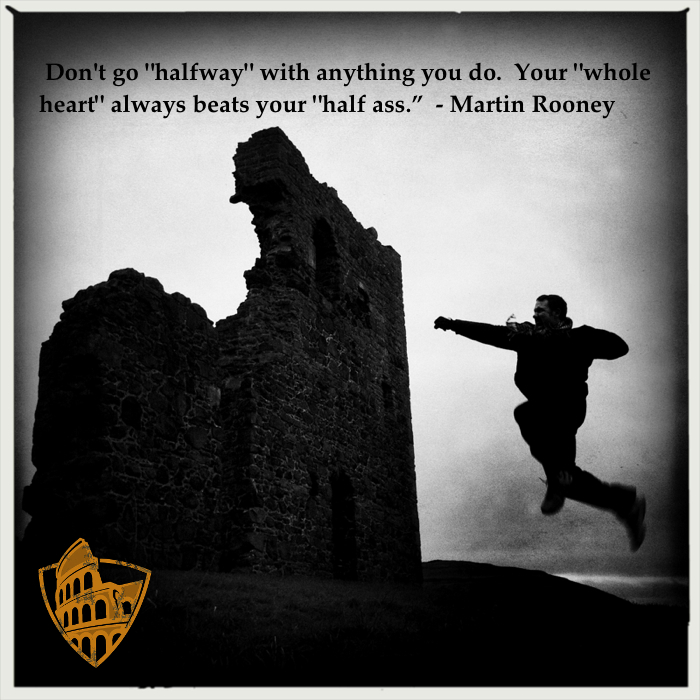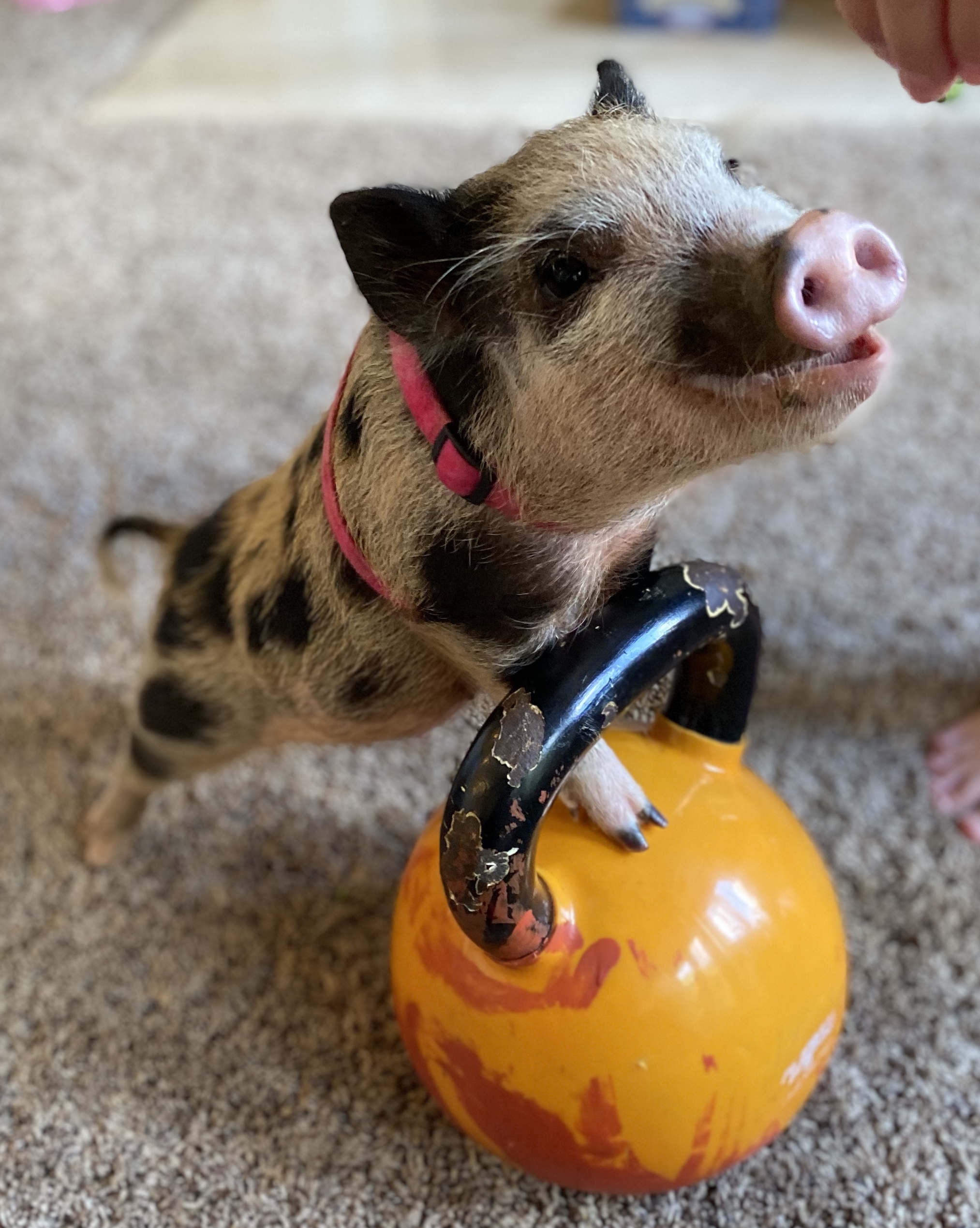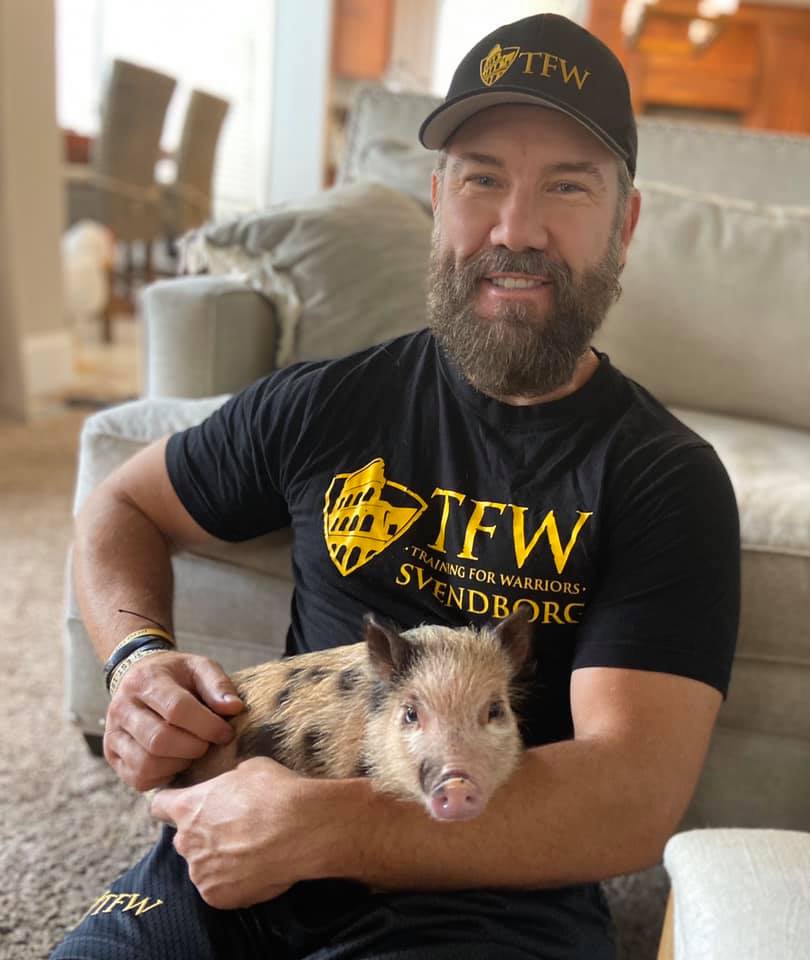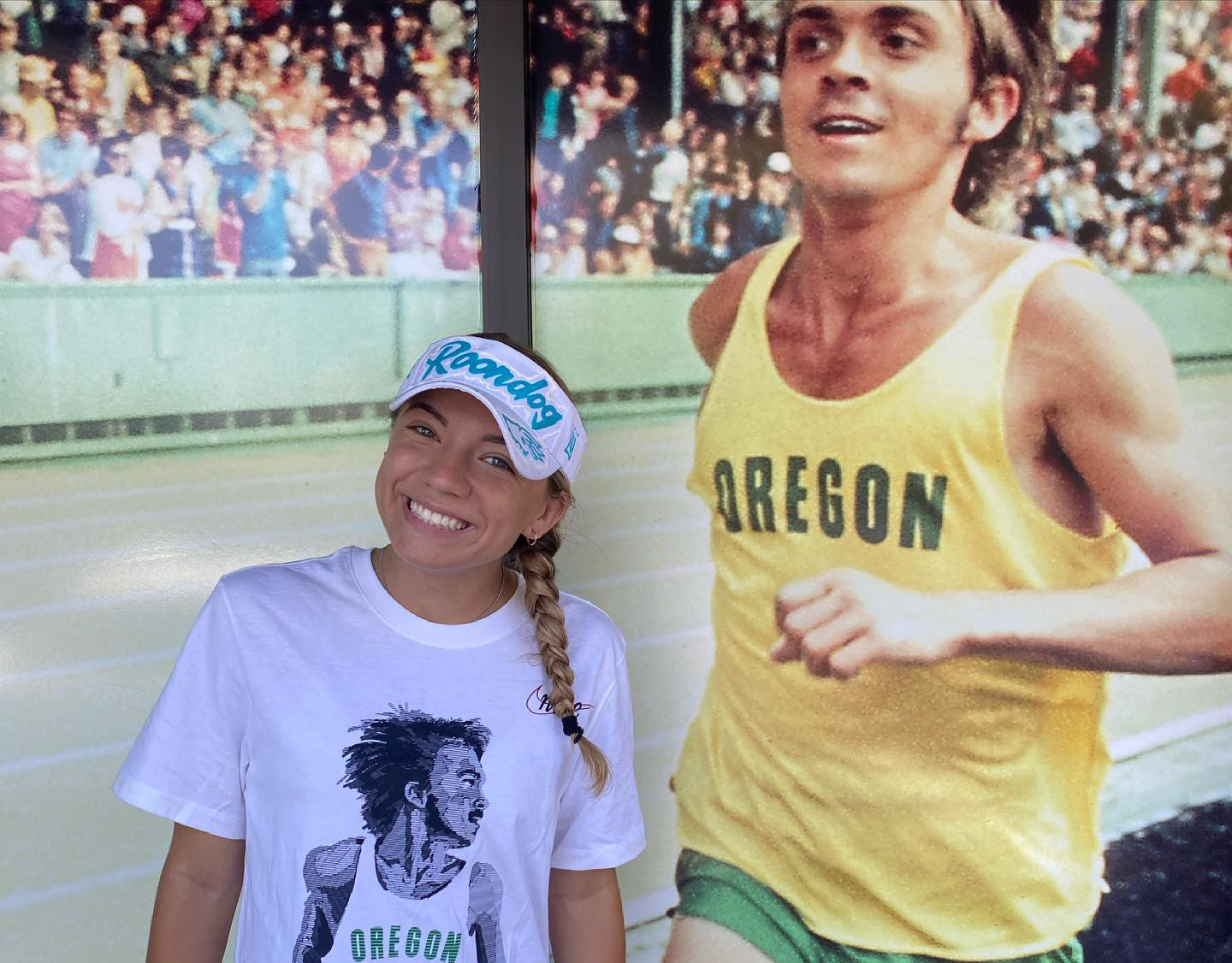
I am writing you one last time from Oregon before I board my redeye flight for home.
After a week in Eugene getting to watch the US Olympic Trials and tour the University of Oregon with legendary strength coach Jim Radcliffe, there was one last highlight to end the trip – my daughter Sofia competed at the Nike High School Track and Field National Championships at Hayward Field.
Since today was officially her last high school meet and her final competition with me as her coach, running at the most legendary track complex in the world made my day a little less bittersweet.
Because we came out early to watch the Olympic Trials on Saturday and Sunday, we had a few days “to kill” before nationals. I viewed those days as some of my last chances to inspire her before she heads off to Notre dame in August.
Being a high-energy coach, I wanted to be the one to fire her up for her last high school race. Being her inspiration is something I am inspired to be.
You can imagine my surprise when she got inspired by someone else.
As we toured Track Town, I thought there might be an opportunity for a big coaching moment. Maybe walking in a town with a long history of legendary track performances would prompt me to say something that would inspire her for years to come.
As I kept waiting for my inspiration, she actually got hers from another person.
And his name was Steve Prefontaine.
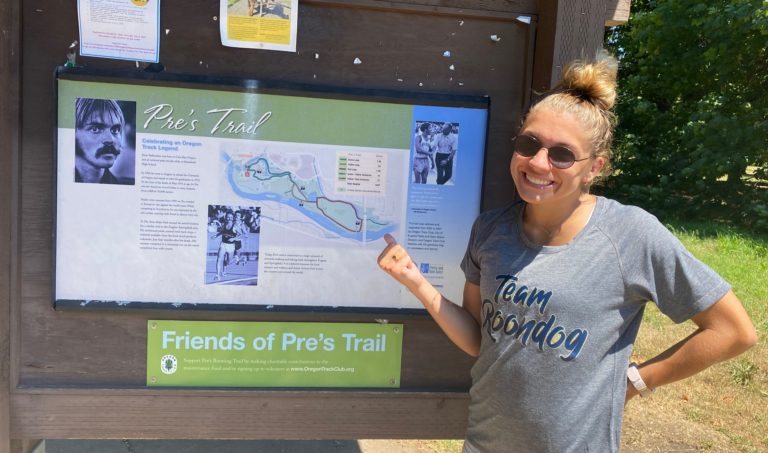
“Pre” as he was known, was a runner at the University of Oregon in the early 1970s. Pre won six NCAA titles and was so good at one point, that he held fifteen different American records in every distance from 2,000 to 10,000 meters. Unfortunately, before the world would ever get to see just how great he could be, Pre tragically died in 1975 at the age of 24.
If you have even been to Eugene, you know his image is everywhere. While I was looking for opportunities to inspire my daughter, I should have seen the “signs” where she was getting her inspiration.
First, at the Olympic Trials, she got shirt with Pre on the front. The second sign was when she asked me to take her picture with the Pre photo in front of the famous Eugene Running Company. Following that, when she heard about Pre’s Trail from a coach at the Trials, she asked if we could go and shortly afterward we found ourselves walking the scenic four-mile loop created in Pre’s honor.
Her moment greatest inspiration from Pre, however, came from where I expected it least.
If you are familiar with Pre’s story, you know he was killed in a tragic car accident after a track meet. The place where this accident occurred is now a memorial known as Pre’s Rock. When Sofia found out about this, she asked if we could visit. I wasn’t sure I wanted to take her there, but at the assurance of people in Eugene, we went.

The memorial was completely covered with track spikes, singlets, medals, and even letters from people who have been inspired by Pre. As my daughter and I walked up and had the memorial to ourselves, she took her time examining everything. I didn’t search for some motivating words or tell a story – I just let her be.
As we drove away in silence, I was left with more questions than answers about inspiration.
I knew Pre inspired my daughter, but what was it about him?
And why are so many people still so inspired 45 years later?
That night, I turned to the place where I find a lot of my own inspiration – books. As luck would have it, I found the book Pre: The Story of America’s Greatest Running Legend in a used bookstore. As I read late into the night, I slowly figured out some secrets of inspiration and I have Pre to thank for them.
You might be surprised to know Pre never won an Olympic or World Championship medal. As I read on about his life, I realized the inspiration he provides isn’t about a medal or title. He isn’t still inspiring people today because of what he did when he lived.
Why he continues to inspire people today is because of the way he lived!
Pre was famous for the fearless way he would start and attempt to finish every race in the lead. He always let his competition know that he was running only for the win. This “go all out” attitude was one of the most attractive things about him and people loved to watch him run. His “all or none” racing attitude inspired others, and not only was he an outspoken champion for the rights of amateur athletes, but he was outspoken as a confident competitor too.
Here are five of Pre’s quotes that inspire me:
“Somebody may beat me, but they are going to have to bleed to do it.”
“I’m going to work so that it’s a pure guts race at the end, and if it is, I am the only one who can win it.”
“A lot of people run a race to see who is the fastest. I run to see who has the most guts.”
“It’s not who’s the best – it’s who can take the most pain.”
“To give anything less than your best is to sacrifice the gift.”
When I talk about inspiration, I don’t mean “rah-rah” or a rousing pep talk. Funny that most people think being inspiring is connected to yelling out a speech when things count the most. As you will read below, being inspirational is something different and takes longer than a five-minute halftime speech.
To me, inspiration is more about getting your people to do what they need to do when they know they need to do it.
Do you want to be more inspiring as a leader, coach, parent or teacher? The ability to inspire is an important skill for leaders and coaches trying to build a winning team.
Even though Pre was known to have one of the highest recorded VO2max scores of all time, I believe you can be an inspiration regardless of whether or not you have natural gifts. Everyone can improve their ability to lead and inspire. To help, here are 10 lessons I learned from the life of Pre that you can use to be more inspirational:
10 Ways To Inspire More People
1. Be what you want to inspire.
The way to inspire is leading by example. Leaders lead from the front, not pushing from the back.
2. Be enthusiastic.
If you want to be an inspirational leader, remember two words: passion persuades.
3. Be optimistic.
When facing a challenge, think about the many possibilities for victory versus how few.
4. Be aware of others’ potential.
Believing in someone may be all it takes for a leader to spark greatness.
5. Be authentic.
Let people know the best and hardest thing you can be is you.
6. Be the best you can be.
When you chase your goals with all you’ve got, it will inspire others to make a run for it too.
7. Be positive.
Since a leader knows few things grow in a negative environment, don’t go there.
8. Be on purpose.
Helping others find the “reason” why they want to do something is easier when they know yours.
9. Be clear where you’re going.
It’s hard to inspire people to follow you when you don’t know where you’re going.
10. Be caring.
Letting someone know they matter can be the leadership skill that matters most.
Are there any areas of the list above in which you could improve?
Are you inspiring the people around you as much as you would like?
Are you living in an inspirational way so people will talk about you 45 years from now?
If you would like to improve your engagement, commitment and culture, then I have something that should inspire you. My new book, High Ten: An Inspiring Story About Building Great Team Culture is something I am proud to have as part of my legacy. Using the same easy-to-read parable style format from the prequel Coach to Coach, High Ten is a leadership book and will increase your ability to inspire your people.
When I started writing, I wanted to create a guidebook for culture that would still be valuable 45 years from now. As the reviews from the book are starting to come in, I know I hit the mark.
Since people who ordered are already receiving their copies of High Ten, I want to remind you this is the LAST WEEK FOR MY SPECIAL OFFER.
If you have been waiting to take advantage, let this inspire you not to Miss Out!
Here’s The Link To My $500 Special Offer
Throwing you a big High Ten,
Martin

